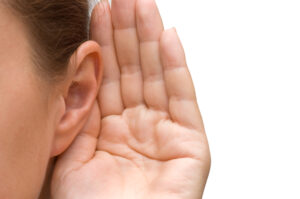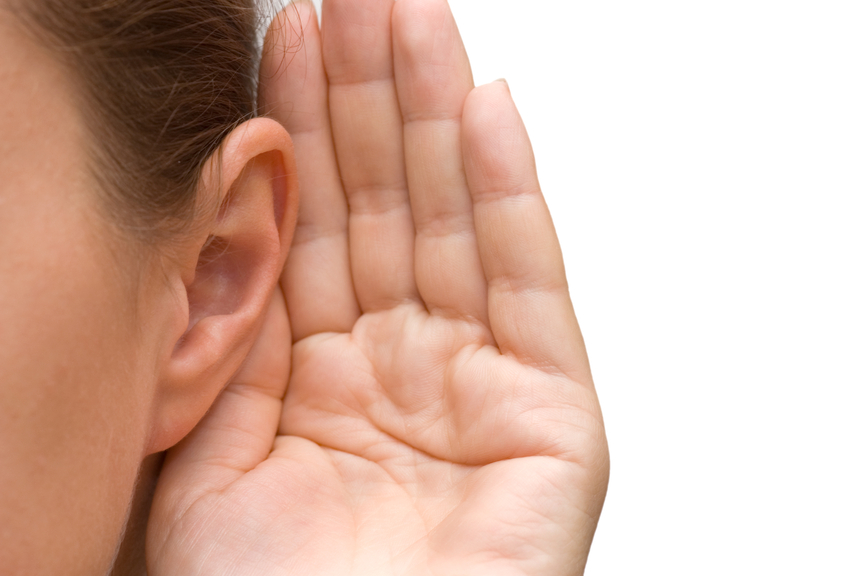 If you open a typical improvisation instruction book, you’ll learn about chord/scale relationships, motivic development, and other information geared to help the student learn the musical vocabulary of the given style. If it’s a good book, it might also mention the importance of developing the ear. If it’s a very good book, it might even include practical ear-training exercises. But all too often this is relegated to ‘specialty’ books with titles like Jazz Ear-Training or Beginning Solfege, which don’t sell as much as their above-mentioned counterparts.
If you open a typical improvisation instruction book, you’ll learn about chord/scale relationships, motivic development, and other information geared to help the student learn the musical vocabulary of the given style. If it’s a good book, it might also mention the importance of developing the ear. If it’s a very good book, it might even include practical ear-training exercises. But all too often this is relegated to ‘specialty’ books with titles like Jazz Ear-Training or Beginning Solfege, which don’t sell as much as their above-mentioned counterparts.
The problem with this is that many improvising musicians become facile at spinning out elaborate melodies with only a vague conception of how those lines will actually sound.There is at most a fuzzy connection between the musician’s inner ear and the music that comes out of their instrument. Imagine speaking to a friend without knowing precisely how your words will sound. Or applying blue paint to a canvas only to have it appear purple. Yet this is precisely the case when a musician is interested in sounding ‘hip’ or ‘correct’ at the expense of careful listening.
Vocalists don’t have this problem in the same way that instrumentalists do. Because they don’t have buttons or keys to push, they literally have to hear each note before they sing it. A singer with a good ear can sing complex inner-voice lines within advanced harmonies, or successfully scat-sing over the most challenging chord progressions. On the other hand, if a vocalist can’t hear musical relationships, he/she might begin singing in the wrong key, even after a clear introduction has been played. Instrumentalists have the safety net of their instruments, which can unfortunately become a crutch if they’re not careful.
Jazz and rock musicians can develop their ear by transcribing recorded performances, singing melodies and arpeggios, and carefully listening to their own playing as it unfolds. Many of the best jazz pianists, such as Bud Powell and Keith Jarrett, actually sing along as they play. If they can’t sing it, they don’t play it.
Classical musicians also need to hear clearly. Van Cliburn, one of the greatest pianists ever, began each practice session by playing scales in 3rds, v-e-r-y s-l-o-w-l-y. He explained that he didn’t do this for technical facility, but rather he tried to clearly hear through the center of each pair of notes. In other words, he worked to establish a daily connection with his inner ear, which would then carry over into his playing of classical repertoire.
We as musicians need to make this type of listening our highest priority. One of my college teachers, the composer Hale Smith, used to say, “A musician who can’t hear is like a painter who can’t see.” This shocked me at the time but now seems self-evident. When Bob Dylan was recently asked how he feels he’s improved over the years, he replied “I can hear clearer now.” Musicians who listen attentively, whether they are Wayne Shorter, Keith Richards, or Vladimir Horowitz, play music that is the most interesting, heart-felt, and individual.
Get my free ebook: Left Hand Techniques for Jazz Piano
You’ll also get my weekly jazz newsletter with practice tips and inspiration


[…] might also like: “Inner Ear, Inner Ear, Tell Me What You Really Hear” 10 Ways To Improve Your Piano Improv Skills The ‘Practicing’ […]
[…] If you want to explore this idea further, check this out: “Inner Ear, Inner Ear, tell me what you really hear” […]